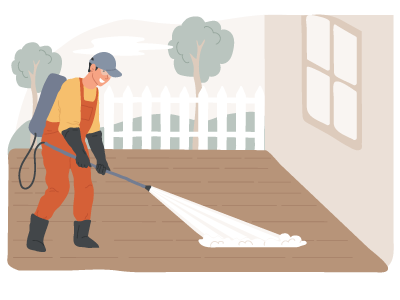Can Horsetail Damage Foundations?
- Common horsetail loves to form in clusters, quickly taking over roadsides, gardens, paths, and wastelands across the UK.
- Top Tip: A RICS surveyor will flag any visible signs of horsetail weeds in a house survey, so it’s best practice to get one booked in as soon as possible.
- You can buy and sell a house with horsetail problems but expect to negotiate accordingly.
- Horsetail might seem harmless, but it’s a real menace for property damage. If you spot it, act fast to remove it and prevent further spread.
You’ve probably seen it – that prehistoric-looking plant with long, slender stalks and a bristly appearance. It’s called horsetail or mare’s tail, and if you’ve got it growing near your home, you might be wondering if it’s more than just an eyesore. Can it damage your foundations? Yes, it can, and it’s a problem you don't want to ignore.
What is horsetail?
Horsetail, or Equisetum arvense, is an invasive deep-rooted perennial weed that’s been around since the dinosaurs. It thrives in wet, sandy, or clay soils and is extremely difficult to get rid of; spreading through an underground root system (rhizomes) that reaches several metres deep and wide.
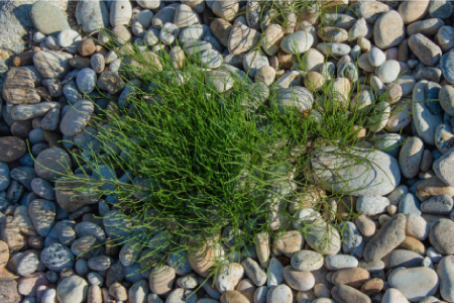
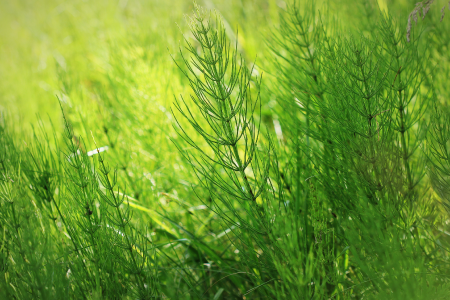
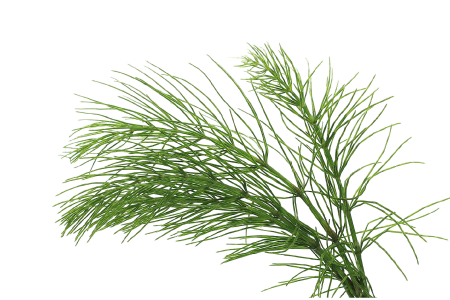
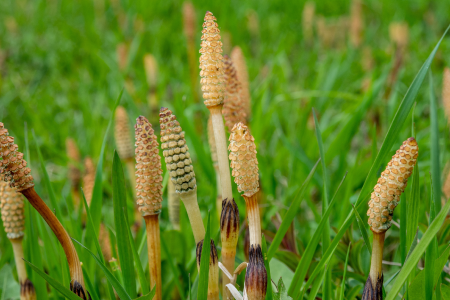
This plant isn’t just a relic; it’s a modern nuisance. Common Horsetail loves to form extensive clusters, quickly taking over roadsides, gardens, paths, and wastelands across the UK. It’s a perennial that dies back in winter but pops up again in spring, around March and April, producing spore-filled cones on fertile light brown stems, which turn green and reach up to 60 cm tall.
The plant grows from creeping rhizomes and underground stems that spread quickly and aggressively. One horsetail stalk can release thousands of spores, easily carried by wind to new locations.
Book your survey
If you’re buying a house with horsetail ferns and need professional advice or assistance, don’t hesitate to get in touch. Better safe than sorry.
We have national coverage with our local RICS surveyors; they will attend your property and if any horsetail is found, you’ll be advised on what to do next.
Types of horsetail
- Field Horsetail (Equisetum arvense): The most common in the UK, it has green-brown spore cones about a centimetre long.
- Marsh Horsetail (Equisetum palustre): Prefers damp areas like marshes and wet meadows, with distinct spotted spore cones.
- Water Horsetail (Equisetum fluviatile): Found in marshes and wet regions, similar to Marsh Horsetail but with slightly larger spore cones.
- Wood Horsetail (Equisetum sylvaticum): Likes deep, peaty soils and has additional vegetative branches growing from the main stem.
- Great Horsetail (Equisetum telmateia): The giant of the group, with spore cones up to 8 cm and stems reaching 2 meters, favouring marshes and wetlands.
Identifying, removing and controlling horsetail
First off, you need to know what you’re looking for. Horsetail is a distinctive deep-rooted weed:
- Stalks: Tall, thin, and segmented, resembling a horse’s tail (hence the name) and fir tree-like plants. Sterile green shoots develop.
- Leaves: Sparse leaves that resemble pine needles grow around the stem.
- Cones: In the spring, you might see spore-producing cones at the tips of some stems.
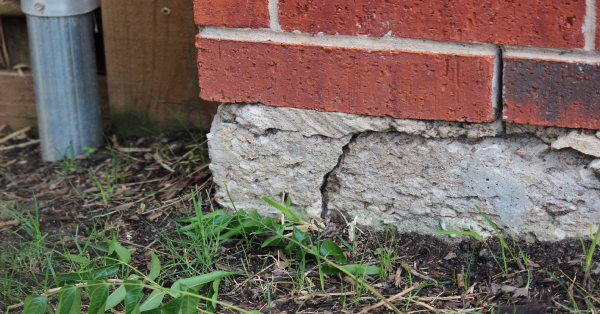
Onto the tough part – removal. It isn’t your average garden weed and you may need a selective weed killer. Here’s what you need to do to control horsetail:
- Mechanical removal: Digging it up is a start, but remember, those roots run deep and spread rapidly. You need to get every bit of root, or it’ll just come back - manual removal is best alongside a total weed-killer product.
- Chemical warfare: Herbicides can be effective, but you’ll need to use a glyphosate-based product. Apply it directly to the plant and be prepared for multiple treatments.
- Prevention: Improve soil drainage and avoid over-watering your garden. Horsetail loves damp conditions and it can make the problem worse.
If you spot horsetail on public land, report it to your local council. They’re responsible for managing invasive species in public areas and can take action to control it.
Can horsetail cause damage to properties?
Horsetail can absolutely cause damage, and you cannot just ignore it. Here’s how it can cause damage and a rough idea of the potential costs.
Structural damage
Horsetail’s roots are relentless. Fir tree-like shoots can penetrate cracks in foundations, drives, and patios, aggravating existing damage and potentially creating new cracks.
If horsetail roots penetrate your foundations, you could be looking at repair bills in the thousands. Foundation repair costs in the UK can range from £1,000 to £10,000 depending on the extent of the damage.
Drainage systems
The green shoots can infiltrate and clog drainage pipes, leading to water build-up and potential flooding issues. Fixing blocked or damaged drains could cost you anywhere from a few hundred to a few thousand pounds.
Undermining soil
The extensive root systems can destabilise the soil around your property, leading to subsidence and other ground movement issues.
Persistent horsetail issues can devalue your property. Buyers may be put off by the presence of these invasive, vigorous plants, leading to lower offers or difficulties in selling.
In our recent survey, 16% of homeowners found defects; including 2% who were able to pull out of a bad purchase, 7% who were able to negotiate a better price, and sadly, 7% of homeowners who did not get a survey and discovered defects after the purchase.
12 of the 39 who remembered how much these defects cost to remedy spent over £5,000
Don't burn your money, book a survey.

Legal implications
In the UK, there’s no specific law against having horsetail on your property, but that doesn’t mean you’re off the hook:
- Neighbour disputes: If horsetail from your garden spreads to neighbouring gardens and causes damage, you could be liable for the repair costs and removal.
- Mortgage and insurance: Some lenders and insurers may have concerns about properties with invasive plant issues. This could affect your ability to get a mortgage or insurance coverage.
Horsetail might seem harmless, but it’s a real menace for property damage. If you spot it, act fast to remove it and prevent further spreading underground. Not only will this save you potential headaches and costs down the line, but it’ll help prevent serious structural damage to the foundations.
Jack is our resident Content Writer with a wealth of experience in Marketing, Content, and Film. If you need anything written or proof-read at a rapid speed and high quality, he's your guy.
Caragh is an excellent writer and copy editor of books, news articles and editorials. She has written extensively for SAM for a variety of conveyancing, survey, property law and mortgage-related articles.

